Accidental Reformat Data Recovery
When you reformat a hard drive, it may seem like you’ve erased all of the data on it for good. Whether it’s your family photos, your business documents, or anything else, losing those files can feel like a nightmare.
But we here at Gillware have good news!
After you quick format a hard drive or other storage device, you might think the files you had on that device are gone for good. But your data isn’t gone forever—it’s just become invisible and inaccessible to you. If you’ve accidentally reformatted your hard drive and lost critical data, Gillware’s accidental reformat data recovery services can reunite you with your lost files.
Data Recovery Software to recover
lost or deleted data on Windows
If you’ve lost or deleted any crucial files or folders from your PC, hard disk drive, or USB drive and need to recover it instantly, try our recommended data recovery tool.
Retrieve deleted or lost documents, videos, email files, photos, and more
Restore data from PCs, laptops, HDDs, SSDs, USB drives, etc.
Recover data lost due to deletion, formatting, or corruption
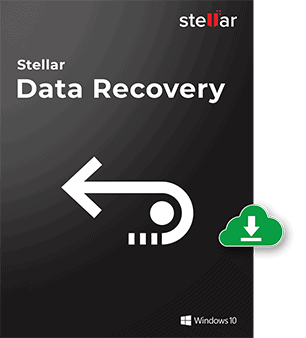
What Happens When You Quick Format a Hard Drive?
Every data storage device you’ve ever used has been formatted at least once. Formatting is a procedure that simply applies a filesystem to the device. Without a filesystem, whatever operating system you use on your computer would not be able to read your hard drive, USB flash drive, or solid state drive. Without a filesystem, you just have a useless hunk of metal and plastic attached to your computer.
There are many different kinds of filesystems. Windows uses NTFS, Mac uses HFS+, Linux uses a whole bunch of different file systems (like Ext3, ZFS, etc.). A USB flash drive and some older external hard drives will be formatted with FAT16 or FAT32. These file systems all seem to work the same way to the end user. But all of them function differently and have a lot of unique features. And some of them don’t play well with each other.
For example, if you plug the 4TB Western Digital My Book you use with your MacBook Pro into your Windows 10 PC, Windows will tell you the drive is blank and ask you if you want to format it! If you’re caught off-guard, you might accidentally reformat your My Book. Before you can stop it, your iPhoto library and all the documents you’ve stored on the external device will have vanished.
If you find yourself in this situation, you’re probably asking ‘Can you undo a formatted hard drive?’. The answer is both yes and no. Unless you’re an experienced data recovery engineer the answer is probably no. A vast majority of computer users (even computer science professionals) have no idea how to recover a formatted external hard drive.
In other cases, if a hard drive is having trouble with its physical components or firmware, your computer may prompt you to format it. Your computer doesn’t know why it can’t communicate with the hard drive. All it knows is that the hard drive looks blank to it, and it needs to format a blank drive before it can start using it. When there’s an issue formatting a hard drive, your computer may display a ‘hard drive not recognized’ error message.
Formatting and reformatting a hard drive is a big deal to you and your computer. You press the “Okay” button, wait a few seconds or maybe a minute (depending on the capacity of your device), and presto, your entire hard drive is blank. But in reality, you’ve only made a small change to the drive.
At the “front end” of your hard drive (actually, the sector on the platters marked as sector 0) is a partition table. This table keeps track of how many partitions have been created on the hard drive and points to their superblocks. These superblocks, in turn, define where the partitions begin, how big they are, and where they keep their records of all the files inside their partitions.
What exactly happens when you quick format your hard drive? The hard drive doesn’t immediately go through and start changing every binary bit on the drive to a 0. Instead, it writes over only a tiny bit of data. All your computer needs to do is change the data on the partition table and make a new superblock for the new partition. It also writes a little bit more data to the hard drive, but this data is invisible to the average user.
This is good news if you are wondering how to recover formatted data from a laptop, because the Gillware data recovery engineers have nearly two decades of experience confronting the issue of erroneous drive formatting.
Submit a case or request an estimate below, or read on to learn more about the journey your files go on when you reformat your hard drive, as well as the work from our engineers that goes into recovering data from your accidentally reformatted hard drive.
RELATED ARTICLES:
- Logical Hard Drive Data Recovery Methods
- Recovering Files from a System Restore
- Case Study: When Software Can’t Fix a Hard Crash
- Case Study: GoPro Video Files Recovered From microSD Card
- Case Study: Files Recovered After Accidental Reformat
- Case Study: System Restore Performed on RAID 1
- Case Study: Health Records Recovered After Quick Format
- Case Study: Western Digital Drive Not Booting Due To Reformat
- Case Study: Accidental Reformat of Samsung External Drive
- Case Study: Western Digital MyBook Prompts for Reformat
Let’s say you pull out your PC’s hard drive, plug it in to a different computer, and make a quick reformat. Here’s a simple “stick figure” drawing of what it might look like before you reformat it. There’s a little system partition at the beginning, then the partition containing your operating system. At the end is a partition you just put assorted files on:
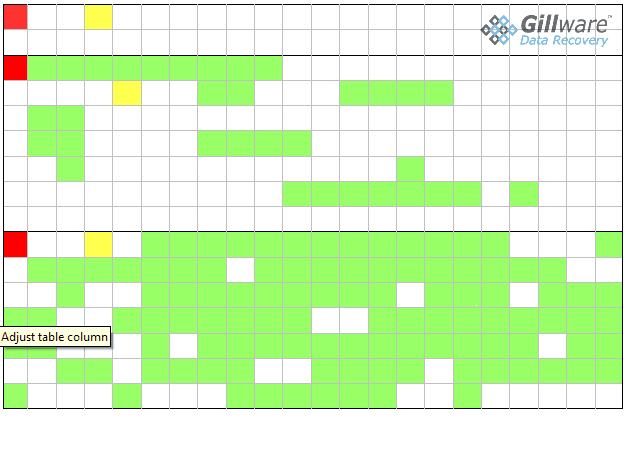
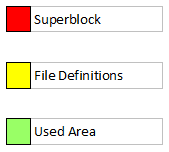
Here’s what your hard drive’s geometry looks like after you quick format the drive:
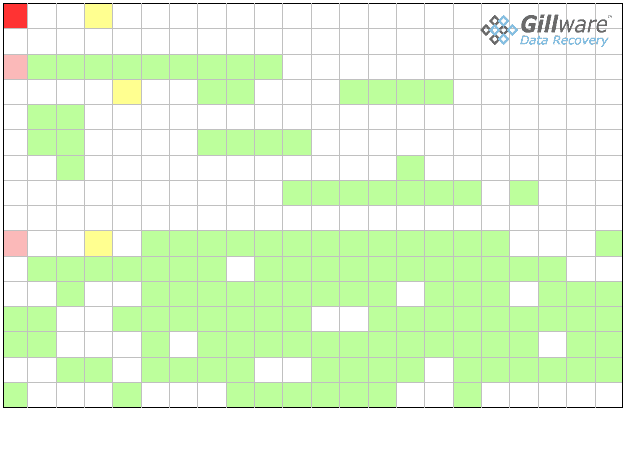

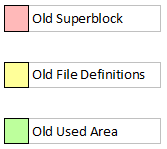
There’s a new superblock defining a partition that starts near the front of the drive and spans all the way to the end. There’s also a new set of file definitions as well. There aren’t very many new files to define, though.
Some of the data was overwritten. But for the most part, the quick format operation didn’t actually do anything to the vast majority of the data on the hard drive. It just told your hard drive to ignore it and pretend the new partition is empty.
Now, if a significant amount of data is written to the hard drive after the accidental reformat, that’s a different story. This can drastically affect the results of our accidental reformat data recovery efforts. When new data is written to a hard drive, there’s no telling how much of it is going to land on top of the old data and how much will settle safely in the empty nooks and crannies around it instead. If you’ve accidentally reformatted your hard drive, the best thing you can do is stop using it as quickly as possible.
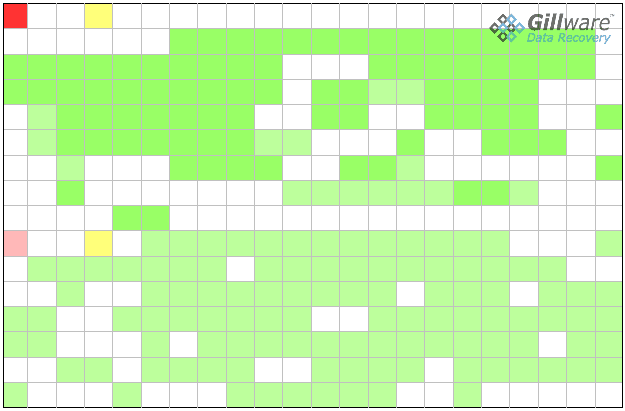
How Do Gillware’s Accidental Reformat Data Recovery Services Work?
There are many software data recovery tools that promise to get your data back after you’ve accidentally reformatted your hard drive. These tools aren’t very robust. Some of them outright don’t work. For example, let’s go back to the first chart and say that the second partition in the old geometry starts at sector 3,000,000. In that partition’s file definitions, it identifies a Microsoft Word document that says it starts at sector 1,000.
A lazier software data recovery tool might not recognize that the file starts 1,000 sectors after the beginning of this partition (so, actually, sector 3,001,000). The tool will go back to sector 1,000 (way back in the first partition) and try to dig up a file that isn’t there.
Our computer data recovery experts at Gillware use our custom data recovery software, HOMBRE. HOMBRE was developed for our data recovery engineers, by our data recovery engineers. It’s a well-crafted piece of software that gives our technicians a bounty of powerful data recovery tools at their disposal.
The first thing our data recovery engineers do is make a complete, write-blocked forensic image of the reformatted hard drive. HOMBRE will scan through the entire contents of the hard drive to pick up as much metadata as it can to aid our technicians. In many accidental reformat data recovery scenarios, the old superblocks haven’t been overwritten. Or if they have, the backup superblocks are often still competely intact and can be used to uncover the hard drive’s old filesystem geometry.
In an ideal situation, the hard drive hasn’t been used at all since it was accidentally reformatted. But sometimes new data gets written to the drive. These can be inadvertently-created backup files or an entire operating system that has been newly installed to the drive. Any data written to a freshly-formatted hard drive compromises the integrity of the data on the drive. The old file definitions could point to the location of a file that has been partially or completely overwritten by new data.
HOMBRE provides our engineers with tools for this scenario, as well. Although data that has been overwritten cannot be restored, our engineers can use HOMBRE to aid in identifying file corruption and accurately determining the quality of our data recovery efforts.
Why Choose Gillware for My Accidental Reformat Data Recovery Needs?
At Gillware, we offer financially risk-free data recovery evaluations with no upfront costs. We can even provide a prepaid shipping label to cover the cost of shipping your hard drive to us. Our engineers evaluate the status of your hard drive and give you a price quote for our data recovery efforts. We only go ahead with the recovery if you are comfortable with the price quote, and don’t ask for payment until we’ve recovered your critical data.
Our data recovery technicians are world-class and have solved thousands of accidental reformat data recovery situations just like yours. Your data is in good hands at Gillware Data Recovery.
